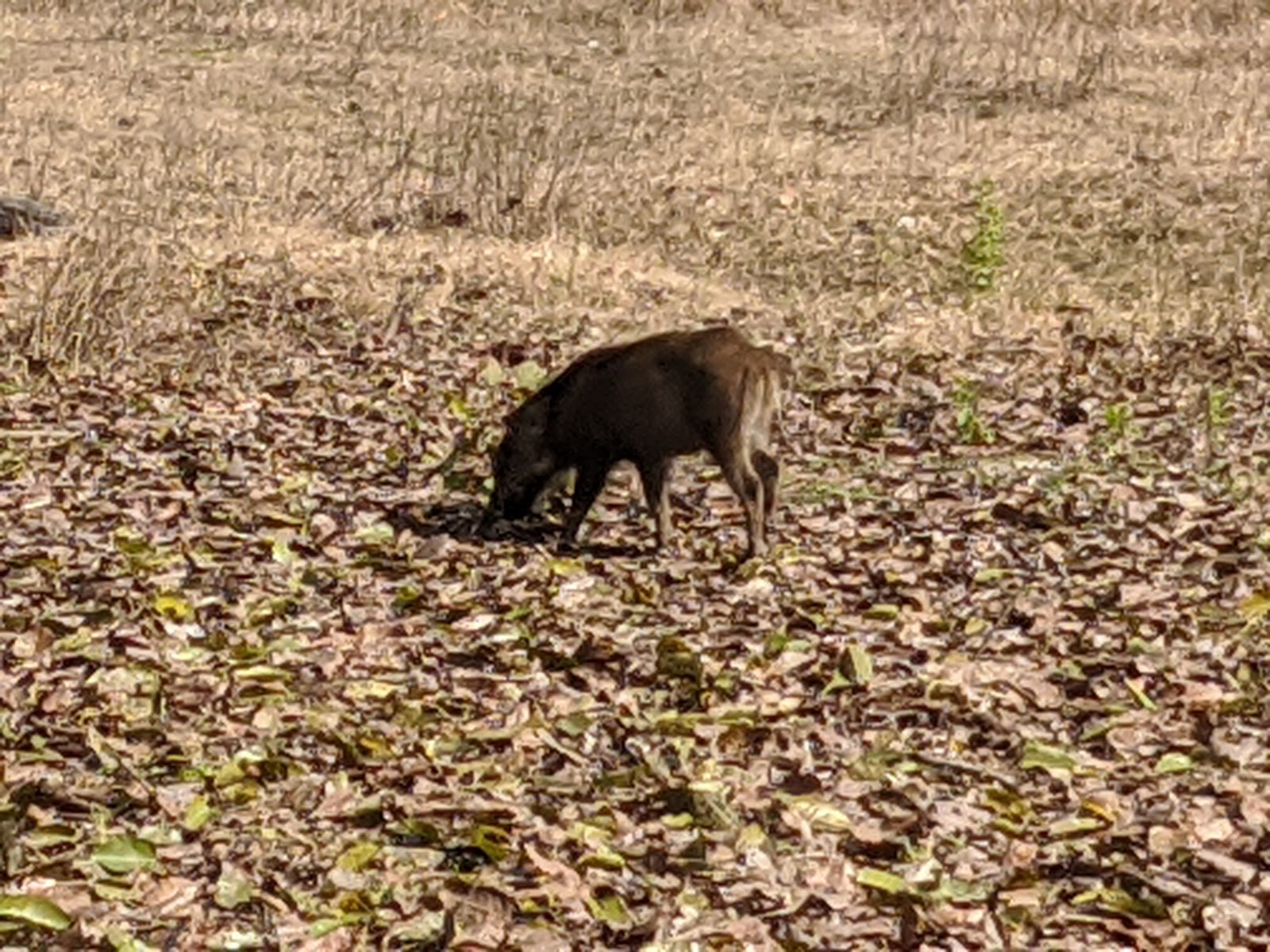
We hadn’t done a thorough cleaning in almost two weeks other than tidying up after ourselves, wiping down countertops, and cleaning the bathrooms and the kitchen. Today, we’re doing the bedding while I’m catching up on the rest of the laundry that has accumulated over the past several days. Tom will vacuum and wash the floors tomorrow while I do everything else.
The bedding and dark clothing are in the laundry room’s dryer, and I’m washing the bathroom rugs in two batches in the washer in our unit. Tom was worried they’d fall apart and we’d have to replace them, but I assured him that bathroom rugs are intended to be washed, even these thick bathroom rugs. They came out of the washer in perfect condition. Tom’s mind was at ease.
What would one do if bathroom rugs weren’t washable…send them to a dry cleaner? Who uses a dry cleaner unless they are cleaning wool, business attire, and dressy clothes? In the over 11 years we’ve been traveling, we haven’t had anything dry-cleaned, and we’ve rarely seen a dry-cleaning store.
Even in our old lives, I rarely took any clothes to the dry cleaner once I retired and began wearing more casual attire. I used an excellent product, Dryel, that did a fantastic job. I don’t think that product still exists as I remember it. For the heck of it, I checked Kroger/Smith’s, and the product, as I knew it, wasn’t available in either location, although Amazon has a newer version. We live in a “wash and wear” world these days.
I am still spoiled after having such fine household help in South Africa which was included in our rent and will be again when we return in three months. Jef and Vusi do a fantastic job keeping everything clean five days a week, with weekends off. They would do our laundry, but we feel they do enough, so we wash our clothes and hang them on a portable rack to dry. All we’ve ever done there on the weekend is make the bed, clean up after cooking, and do laundry, if necessary.
It’s incredible how much cleaning is required, even in this two-bedroom condo with little traffic. But, much to our surprise, it gets very dusty. I read this tidbit today:
“There’s a common misconception that it’s mostly human skin. It’s not that it mainly ends up in the bath or shower. Two thirds of the dust in your house comes from outside, as dirt tracked in on your feet, and airborne particles like pollen and soot. The rest is mostly carpet fluff, clothes fibers, and pet hair.”
That’s interesting. I always thought dust was from human shedding skin cells. We don’t have carpets or pets and are a long walk away from the outdoors. We keep all exterior doors and windows closed in this cool winter weather in the desert. I wonder where all the dust is coming from. In any case, it requires a lot of cleaning.
Once we arrive in Apache Junction, living in the park model near Tom’s sisters, we’ll probably be faced with paying $200 a week or more for cleaning. Having a cleaner only once or twice a month makes no sense since we’d have to clean in the weeks in between. We’ll most likely do our cleaning again; it gets dusty in the small space. Thank goodness we don’t have clutter and aren’t messy. That helps a lot.
Today is Leap Year Day. It doesn’t mean a whole lot to us, but some celebrate this date in a variety of ways. If you do so, have a good time!
Be well.
Photo from ten years ago today, February 29, 2014:
There wasn’t a post ten years ago due to the fact it wasn’t a Leap Year at that time.










